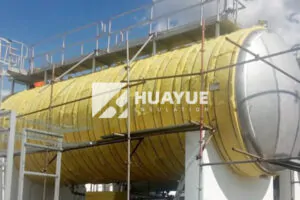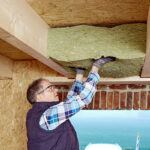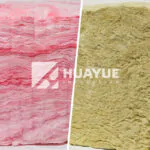Why Use Fiberglass Duct Insulation?
Ducts are the arteries of any building’s HVAC system. Fiberglass insulation keeps air hot or cold, reduces energy loss, and fights condensation inside ductwork.
Fiberglass duct insulation wraps ducts with a thermal layer, stopping temperature loss, condensation, and noise for efficient HVAC operation and comfort.
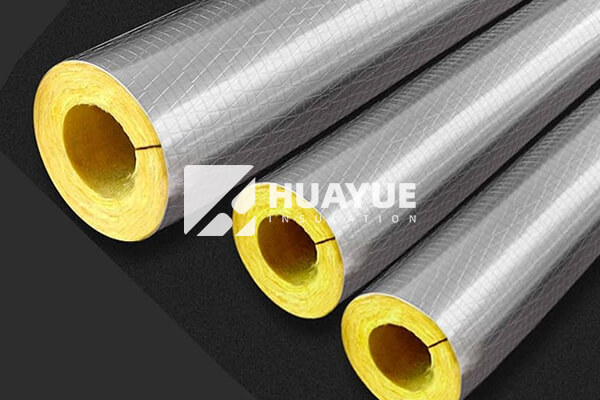
I have seen poorly insulated ducts waste energy and create indoor air headaches. Insulating your ductwork with fiberglass is simple and pays back every day.
What Problems Does Fiberglass Duct Insulation Solve?
Hot or cold air gets lost through ducts. Without insulation, ductwork sweats and makes HVAC work harder.
Fiberglass duct wraps block heat loss or gain and stop condensation from forming on cold ducts in humid rooms—reducing both wasted energy and maintenance calls.
That means heaters or air conditioners run less often, which saves money and keeps air at the right temperature all the way to each room. Condensation control also protects ceilings and walls from water stains and mold.
| Issue Addressed | Without Insulation | With Fiberglass Duct Insulation |
|---|---|---|
| Heat lost from ducts | High | Very low |
| Condensation issues | Frequent | Rare |
| System efficiency | Low | High |
Does Fiberglass Duct Insulation Control System Noise?
HVAC noise can travel through buildings, especially with metal ducts. Fiberglass insulation provides a sound-absorbing barrier.
Fiberglass mat insulation soaks up vibration and noise inside and outside metal ducts, making indoor spaces quieter.
I have heard many offices and apartments where HVAC noise disappeared after adding fiberglass duct insulation. This improves comfort and helps concentration, sleep, or phone calls in any room.
| Source of Noise | Uninsulated | With Fiberglass Insulation |
|---|---|---|
| Airflow “whoosh” | Loud | Softened |
| Vibration | Audible | Muted |
| Outside echoes | Common | Much less |
Does Fiberglass Duct Insulation Help Prevent Moisture and Mold?
Moisture in ducts creates mold and health risks. Glass wool insulation keeps ducts dry.
Fiberglass is naturally non-absorbent. It keeps moist air away from cold surfaces, reducing the chance for condensation and mold growth on or in your HVAC system.
This simple measure protects not just your ductwork, but your building’s air quality and lifespan. Mold and corrosion are almost never a concern when ducts are wrapped and sealed with fiberglass.
| Moisture Risk | No Insulation | Fiberglass Duct Insulation |
|---|---|---|
| Duct sweating | Frequent | Prevented |
| Mold growth | Possible | Blocked |
| Rust/corrosion | Common | Protected |
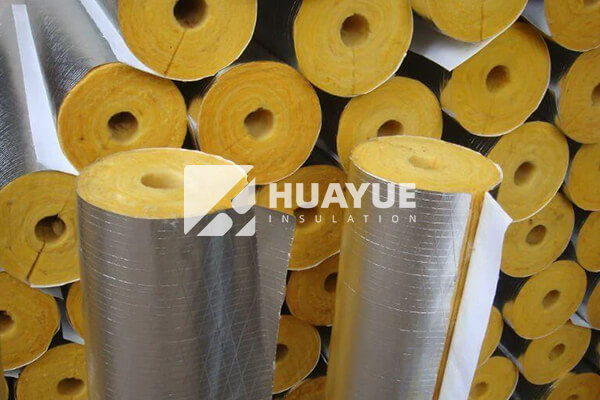
How Is Fiberglass Duct Insulation Installed?
Duct insulation installation jobs go quickly with fiberglass rolls or batts.
Duct insulation wraps around ducts, secured with tape or wire, and fits most common sizes. Even DIYers can often insulate exposed ductwork in a single afternoon.
In professional jobs, vapor barriers and jackets go on for extra protection. Maintenance is straightforward: simple to inspect and easy to patch if ever damaged.
| Installation Step | Details |
|---|---|
| Measure duct size | Cut to fit |
| Wrap insulation | Secure with tape/wire |
| Add vapor barrier (if needed) | Seal all seams |
Conclusion
Fiberglass duct insulation saves energy, stops condensation, and keeps systems quiet—making it a smart choice for any well-designed HVAC system.
You may also be interested in:
Ready to Get Started?
Get in touch with our experts for personalized solutions tailored to your needs.
Get Free QuoteLatest Articles
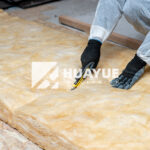
How to Cut Fiberglass Insulation Easily and Safely?
Nov 21, 2025
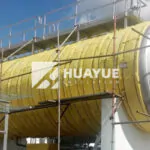
Does fiberglass insulation burn?
Nov 19, 2025
Let's Work Together
Ready to take your business to the next level? Get in touch with our team of experts and let's discuss how we can help you achieve your goals.
Get Free Solutions


